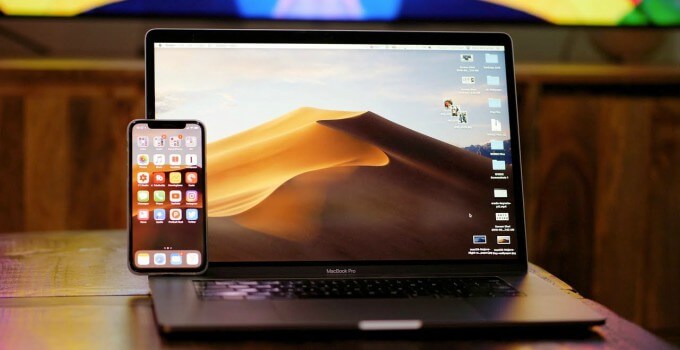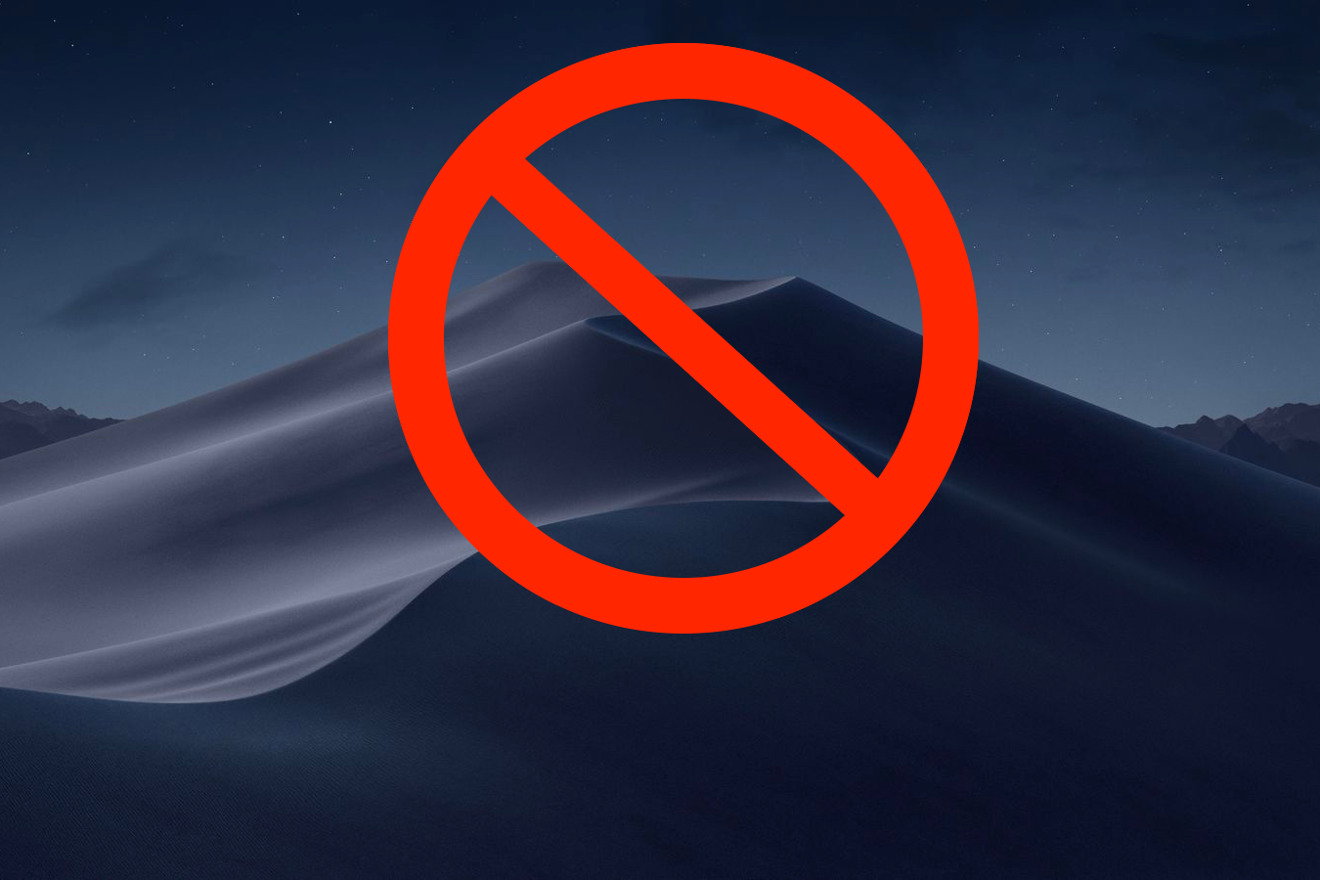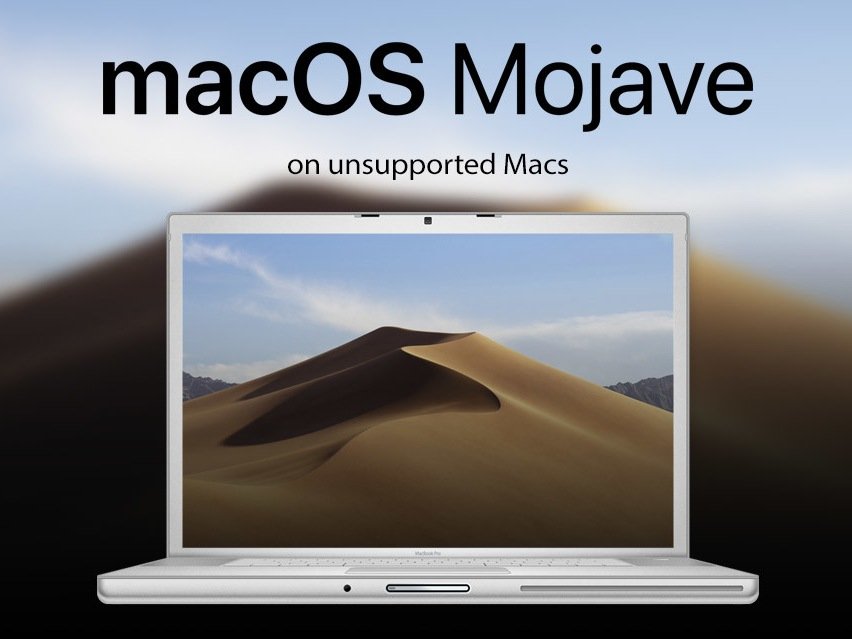The video below demonstrates a tutorial walking through the process of using the DosDude Catalina patcher tool to install the macOS 10.15 system software on an unsupported Mac. If you’re going to attempt to install MacOS Catalina on an unsupported Mac, do so at your own risk, and let us know how it goes in the comments below. Use the Disk Utility option from the available list on the macOS Utilities window to do so. Otherwise, skip to the next step. Click on Reinstall macOS to install Catalina. Simply follow the process until the new OS, and the relevant patches are installed successfully. Now, you can enjoy the latest version of macOS on an older Mac.
macOS 11 Big Sur is an advanced Macintosh operating system that you can install on your Mac. It has got tons of new features to enhance the user experience, like making safari browser 50% faster, new features of messages, Air Pods improvements, new-design sidebar in mail and photos, widgets in the notification bar, and many more.
Apple announced this new software on 22 June at WWDC. And this time, Apple did a big challenge and released the macOS 11 Big Sur along with iOS 14, iPadOS 14, tvOS 14, and watchOS 7. Meanwhile, Apple highlighted all the new features, changes, and improvements to the current software. You can download this new operating system from various sources now. Unfortunately, some Macs can't receive macOS 11 Big Sur update and they can't install the new operating system. In this article, we will discuss how to install macOS 11 Big Sur on an Unsupported Mac with easy steps.
Part 1: Official List of Big Sur Supported Mac Models
macOS 11 Big Sur Developer Beta is available to download. But you have to check your Mac compatibility first. If you have the below-listed Macs then you don't have to install macOS 11 Big Sur as these models will receive an update for macOS Big Sur automatically.
- MacBook 2015 and later
- MacBook Air and Pro Late 2013 and later
- Mac mini 2014 and later
- iMac 2014 and later
- iMac Pro 2017 and later (all models)
- Mac Pro 2013 and later
Part 2: Unsupported Mac Models of Big Sur (Not Eligible for Direct Upgrade)
On the other hand, if you have the below-listed Mac computers then you can install macOS Big Sur on those models as they are unsupported officially. You have to do some hacks to let Big Sur running on unsupported Macs.
- MacBook Air 2012
- MacBook Pro 2012 and Early 2013 MacBook Pro
- 2012 Mac Mini
- 2012 and 2013 iMac
Part 3: How to Install macOS Big Sur on an Unsupported Mac
Before the installation, make sure that you take a backup of your Mac on an external hard disk as you will lose all your data when you install the new operating system. There are several backup software like Time Machine, iCloud, Dropbox, and many more. Once you have taken a backup follow the instructions below to install macOS Big Sur on your unsupported Mac.
Step 1: First you need to download two files from the links below to complete the macOS 11 Big Sur installation on your unsupported Mac.
- macOS Big Sur PKG installer: https://developer.apple.com/macos/
- macOS Big Sur PKG install hack: https://forums.macrumors.com/simple-installer-hack-zip.926156/
Step 2: After you have downloaded these two files, unzip the hack and copy the hax.dylib file and then paste it to home folder.
Step 3: Click on Install Assistant.pkg to install required contents to your Mac. Make sure that you have enough space on your hard disk as the file will take 20.1 MB size on your computer.
Step 4: Now go ahead and tap on the Install button to install the software on the disk 'Macintosh SSD'. Once you click the 'Install' button then it will ask you to enter your password. Next, click the 'Install Software' button.
Step 5: Next, you have to boot your computer into Recovery mode. You can do that by pressing Command + R immediately on startup until Recovery option appears. In case if you have no recovery partition, you can press down Command + Option +R to get into Internet Recovery. After that, go to Utilities -> Terminal and type 'csrutil disable', followed by pressing the Enter button on your keyboard.
Step 6: Type the following two commands in the terminal. Once you apply the first command, type your login password, and then input the second command.
sudo defaults write /Library/Preferences/com.apple.security.libraryvalidation.plist DisableLibraryValidation -bool true
launchctl setenv DYLD_INSERT_LIBRARIES $PWD/Hax.dylib
Step 7: Next, run the macOS 11 Big Sur installer app that you installed from InstallAssistant.pkg a while ago. Now click on the 'Continue' button and follow the instructions to complete the installation process.
Step 8: The installation will take about 30 minutes approximately. Once the installation is successful you will see the macOS 11 Big Sur wallpaper on your Mac screen. That's it, you have installed macOS Big Sur on your unsupported Mac successfully.

Follow the above-mentioned method to install macOS 11 Big Sur on unsupported Mac devices. The method is quite easy; you just have to focus on the command line and other installation procedures.
Part 4: Alternative Method to Install Big Sur on an Unsupported Mac
The above tutorial is for users who still have access to their device. However, if your Mac is unable to boot into Desktop or you are using a Hackintosh, then you should follow the alternative method instead. In this part, we will show you how to create a macOS Big Sugr bootable USB on a Windows PC and install macOS Big Sur on unsupported Mac by using that bootable media.
Step 1: Make a full backup of important files on your Mac.
Step 2: Download a copy of UUByte DMG Editor and follow the instructions to install it on your Windows PC.
Step 3: Insert a USB flash drive into PC and open UUByte DMG Editor. Now, click the Burn tab to get into the new window.
Step 4: You will see three options on Burn windows. Please import macOS Big Sur DMG file into the program and choose the USB drive name. You can also set a new name for that USB drive. And this is optional.
Step 5: Once the setting process is completed, just click 'Burn' button located at the bottom to start burning dmg file to USB on your PC. You should wait about 10 minutes for this task.
Step 6: Plug Big Sur bootable USB on your Mac and press Power + Option combine keys to open Startup Manager. At this stage, you are able to select a booting device. Click on the USB drive and start Big Sur installation process.
This part is mainly for Windows users who want to install Big Sur on an unsupported Mac. The most important step is to create a bootable USB drive.
Troubleshooting:
If your system is showing any error message while installing the macOS Big Sur you can try these methods to fix it.
- Restart your Computer and continue with the installation.
- Make sure that your Mac’s date and time is correct.
- Check your Hard Drive to see that you have enough free space to carry out the installation.
- Make sure that the version of macOS Big Sur is up to date including the macOs installer
- Run first aid on your startup disk before installing macOS Big Sur to check any system files are damaged or not.
Summary
You can see that it is not hard to install macOS Big Sur on an Supported Mac. Make sure that you key in the right command lines which are mentioned above, as typing a wrong command can harm your system. Enjoy the great features that come with the macOS Big Sur on your unsupported device!
Want to install macOS Big Sur, but your Mac is not on the supported list? In this detailed guide, we will learn how to install macOS Big Sur on unsupported Mac models. Installing macOS Big Sur on unsupported Mac can be achieved with macOS Patcher file. We have a detailed guide ahead that will help you install macOS Big Sur on unsupported MAC.
You can also read our guide- How to Install macOS Catalina on Unsupported Mac: 9 Easy Steps and How To Install macOS Catalina On Virtualbox On AMD Systems: 2 Step Ultimate Guide.
Last year’s most significant WWDC event was a new version of macOS, Big Sur, and the announcement of the move to its own ARM processors. In macOS 11 (instead of the expected 10.16), Apple has massively redesigned the interface, added many new features and tools to move to new application architecture. We tell you which Mac models will be able to install macOS Big Sur.
The “Today” widgets in MacOS Big Sur are similar to the updated widgets in iOS 14. Other changes include an updated widget-enabled notification center, significantly improved messages, a powerful Safari upgrade, and more. Apple will release macOS Big Sur for all compatible Macs this fall.

Which Mac models will be supported by macOS Big Sur?
Supported devices that will receive MacOS Big Sur support:
- MacBook 2015 and newer
- MacBook Air 2013 and newer
- MacBook Pro 2013 and newer
- Mac mini 2014 and newer
- iMac 2014 and newer
- iMac Pro 2017 and newer
- Mac Pro 2013 and newer
Because macOS Big Sur is a major update, Apple has given up support for several outdated Macs. The transition to new Apple Silicon processors will take several years, so the current Macs running at Intel will be updated for a long time.
Apple also unveiled updated iOS, iPadOS, and watchOS. The new WatchOS 7 won’t support the Apple Watch Series 1 and 2, but iPhone and iPad users who support iOS and iPadOS 13 will be able to upgrade their devices to the next generation of OS seamlessly.
How to install macOS Big Sur on unsupported Mac models?
If you are an experienced user who is ready to install unsupported software on unsupported technology, then you are at the right place as we have prepared the easiest solution to install macOS Big Sur on unsupported Mac models. This is the only working method so far on the internet.
The process of Installing macOS Big Sur on an unsupported Mac is to use the macOS Big Sur patch file, which will be applied to the primary USB boot. NOTE: The method is not suitable for ordinary users. You should also avoid using Mac models without Metal GPU. On older models, performance will be deficient.
Step 1: Create a Backup
First, save a copy of your Mac with Time Machine, and then move on to the instructions.
Step 2: Download Big Sur Patcher File
To install macOS Big Sur on unsupported Mac models, you need to download Big Sur Patcher file. This will trick the installation files of the macOS version you want to install and convince it that the Mac is compatible. You can download Big Sur Patcher file below.

You can download the latest version of the macOS Big Sur Patcher as seen in the snapshot above.
Step 3: Open the macOS Big Sur Patcher file
Once you’ve retrieved the archive from the downloaded file, you’ll find the Patcher-Sur.dmg file.
Now simply right-click the Patcher-Sur.dmg file to open it and follow the steps.
Click Start.
Click Continue.
Select Release. You can also use the Public Beta version if you want to test it.
Click Continue.
You can simple Update or proceed with a Clean installation. If you are coming from a different OS version say Catalina, you need to select Clean installation,
Download Big Sur files.
Wait for the download to finish. It might take up to 20 minutes, depending upon the speed of your wifi.
If you are facing any issues with patching, you can see this detailed guide.
Mac Os X Leopard Unsupported
Step 4: Insert USB Drive.
After inserting the USB Drive, you will be asked to enter your password. (remember this password and avoid using any special characters) and click Continue.
Now it will start installing packages onto your USB drive.
Now, select your USB disk (in my case its Install macOS Big Sur). This will completely erase your USB disk. Click Continue.
Click Continue.
Now it will start creating your macOS Big Sur installation media. It will take around 35-50 minutes to create an installation media on your USB drive.
Step 5: Install macOS Bir Sur on Unsupported Mac
Restart your MAC and continue to press option key to continue with the installation.
Now, boot from “Install macOS Big Sur.” If there is no USB device found, try to unplug and replug your USB device.
You can also use the Disk Utility if you are planning to format your drive and create a new partition and continue with the installation.
The installation may take several hours. In our case, it sometimes looked as if the installer had flown out during the upgrade. In this case, you should wait, as the installation is usually still ongoing. Over time, better ways to upgrade the machine can be found. Currently, the safest approach is to upgrade with a USB boot.
After the installation is complete, you will see that your Wi-fi is not working. So go to applications and search for Patcher file.
Right click and click to force open the file. And click on Patch Kexts. Click Continue.
Make sure the USB is still plugged-in. Click Force Skip check and enter the same password that you entered in step 4.
Now it will continue to patch the files and you can simply reboot your MAC.
Click Restart to Finish.
After you have successfully restarted your mac, you can find that everything is working perfectly.
Install macOS Big Sur on unsupported Mac: Some common errors and their fix.
1. Wi-fi still not working
After patching, if your Wi-Fi it still not working. Follow the steps-
- Download and extract this file.
- Go to Payloads folder and select patch-kexts.sh file and drag it on your terminal. It will help you fix the wi-fi issue.
2. Big Sur is very slow. How to speed up macOS Big Sur.
We have been testing macOS Big Sur for a while now. Over time, you tend to see a decreased speed of your macOS Big Sur. So, we personally tested these 7 methods to Speed Up macOS Big Sur. Read this guide- How to Speed Up macOS Big Sur? 7 Easy Methods.

If you are using macOS Catalina you can read this guide: How to Speed Up macOS Catalina? 7 Easy Methods
3. I’m not happy with Big Sur and want to roll-back.
Catalina On Unsupported Macs
There are several issues with Big Sur, so you might want to roll back to the older version. Here is a complete guide that can help- How to rollback from the macOS Big Sur on Mojave? 5 Steps Steps
Some other guides that might help-
How to manage widgets on macOS Big Sur?
Best Widgets for macOS Big Sur: Top 20 for Everyday Use
How to Convert macOS Big Sur Installer to ISO: 4 Step Easy Guide
How To Create macOS Big Sur Bootable USB on Windows: 4 Easy Steps (+Video Tutorial)
How to Fix macOS Big Sur Screen Resolution on VirtualBox: 5 Step Guide
How to Install macOS Big Sur on VMware on Windows? 8 Step Guide
How to Install macOS Big Sur on VirtualBox on Windows? 8 Step Guide
How to Create macOS Big Sur Bootable Installer for Clean Installation: 2 Easy Steps (MAC only)
Conclusion: Install macOS Big Sur on unsupported Mac
Unsupported Mac Os X
I hope this guide on how to Install macOS Big Sur on unsupported Mac was useful for you. You can simply Install macOS Big Sur on unsupported Mac by using the macOS Big Sur Patch file. I have shared all the download links above. If you are still facing any issues, you can comment down your query.